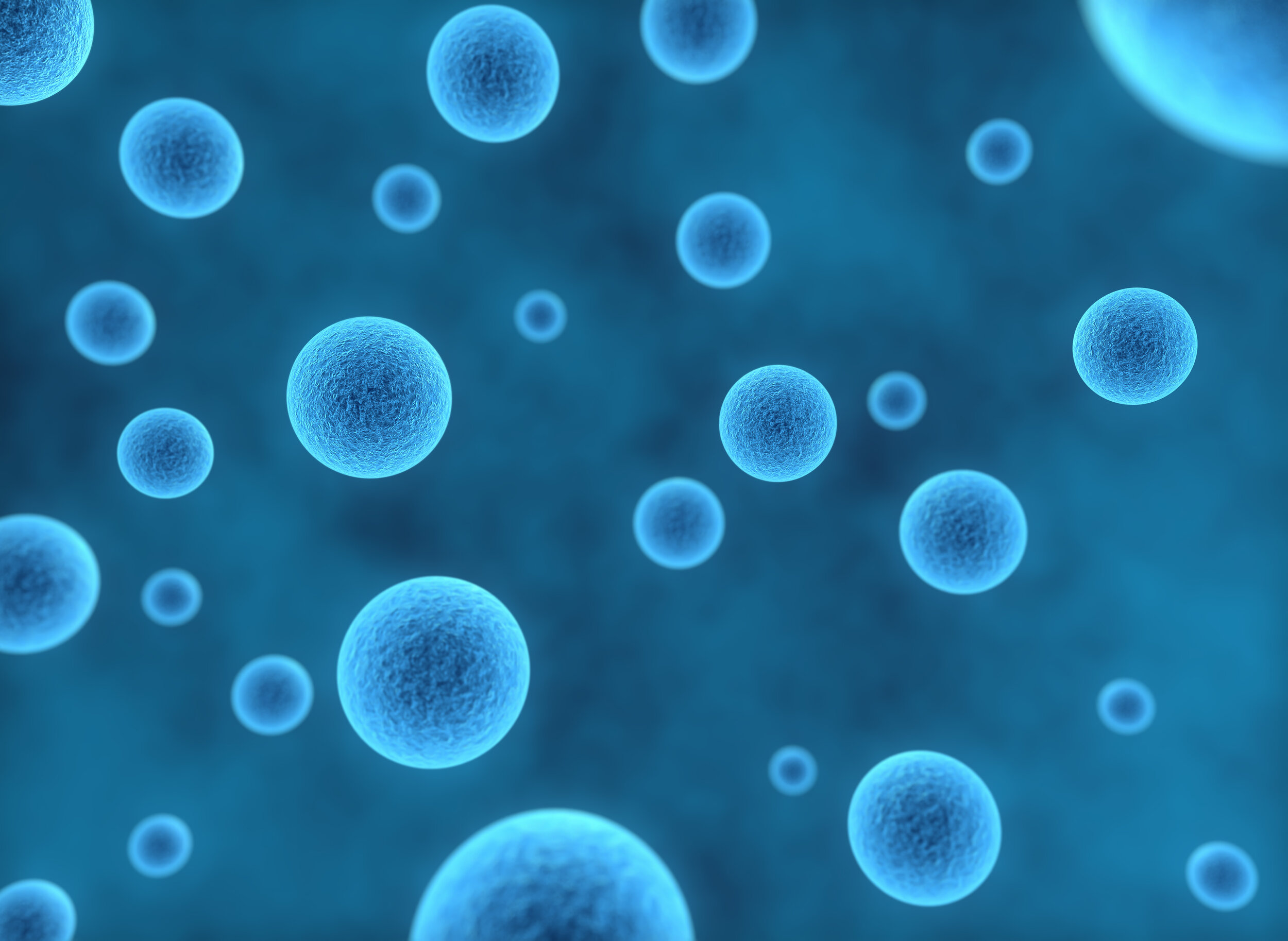Application of rare earth-doped nanoparticles in biological imaging and tumor treatment

Rare earth-doped nanoparticles have been widely used in disease diagnosis, drug delivery, tumor therapy, and bio-imaging. Among various bio-imaging methods, the fluorescence imaging technology based on the rare earth-doped nanoparticles can visually display the cell activity and lesion evolution in living animals, which is a powerful tool in biological technology and has being widely applied in medical and biological fields.
Furthermore, the rare earth-doped nanoparticles can be endowed with the water solubility, biocompatibility, drug-loading ability, and the targeting ability for different tumors by surface functionalization.
A research team from the Xi'an Institute of Optics and Precision Mechanics (XIOPM) of the Chinese Academy of Sciences (CAS) summarized the recent progress in the application of rare earth-doped nanoparticles in the field of bio-imaging and tumor treatment. The luminescent mechanism, properties, and structure design were also discussed.
Bio-imaging interact with biological tissues or organs by light, ultrasound, X-ray, and electromagnetic fields, and then the feedback is transmitted to the detector, which is then fed into the computer, thus generating the morphology and structure information about biological tissues, organs, and tumor.
Among various imaging technologies, fluorescent imaging has attracted more and more attention due to its features of low cost, rapid feedback, high sensitivity, and no radiation.
In tumor diagnostics and treatment, fluorescence imaging is widely used to monitor the dynamic interaction between drug molecules and tumor cells, especially near infrared (NIR) fluorescence imaging, which has negligible tissue scattering, absorption, and self- fluorescence, and can monitor the real-time dynamic process in biological tissues.
In 1999, NIR imaging was first applied for tumors in vivo, and the imaging penetration depth was 1- 2 cm. So far, several kinds of NIR fluorescent imaging contrast agents have been synthesized including: organic dyes and small-molecule-conjugated probes; Quantum dots (QDs); Carbon nanotubes (CNTs) and Rare earth (RE)-doped nanoparticles (NPs). The RE-doped NPs solved all the shortcomings of other three imaging contrast agents.
For applying the RE-doped NPs to the diagnosis and treatment of tumors, the first work is to improve the water solubility and biocompatibility of NPs, which is the prerequisite for NPs to enter the organism and realize their functions safely. The second is to endow NPs with tumor targeting by surface functionalization.
Finally, biocompatible water-soluble tumor-targeting NPs could be combined with photothermal agents and photosensitizers or used as carriers to load drugs for treatment of tumor cells.
All in all, they summarized the properties, structures, luminescence principles of RE-doped NPs as well as the frontier progress in the field of biological imaging and tumor treatment.
The recent research progress on the enhancement of fluorescence intensity of NPs, surface modification, and tumor targeted diagnosis and treatment has also been highlighted.





